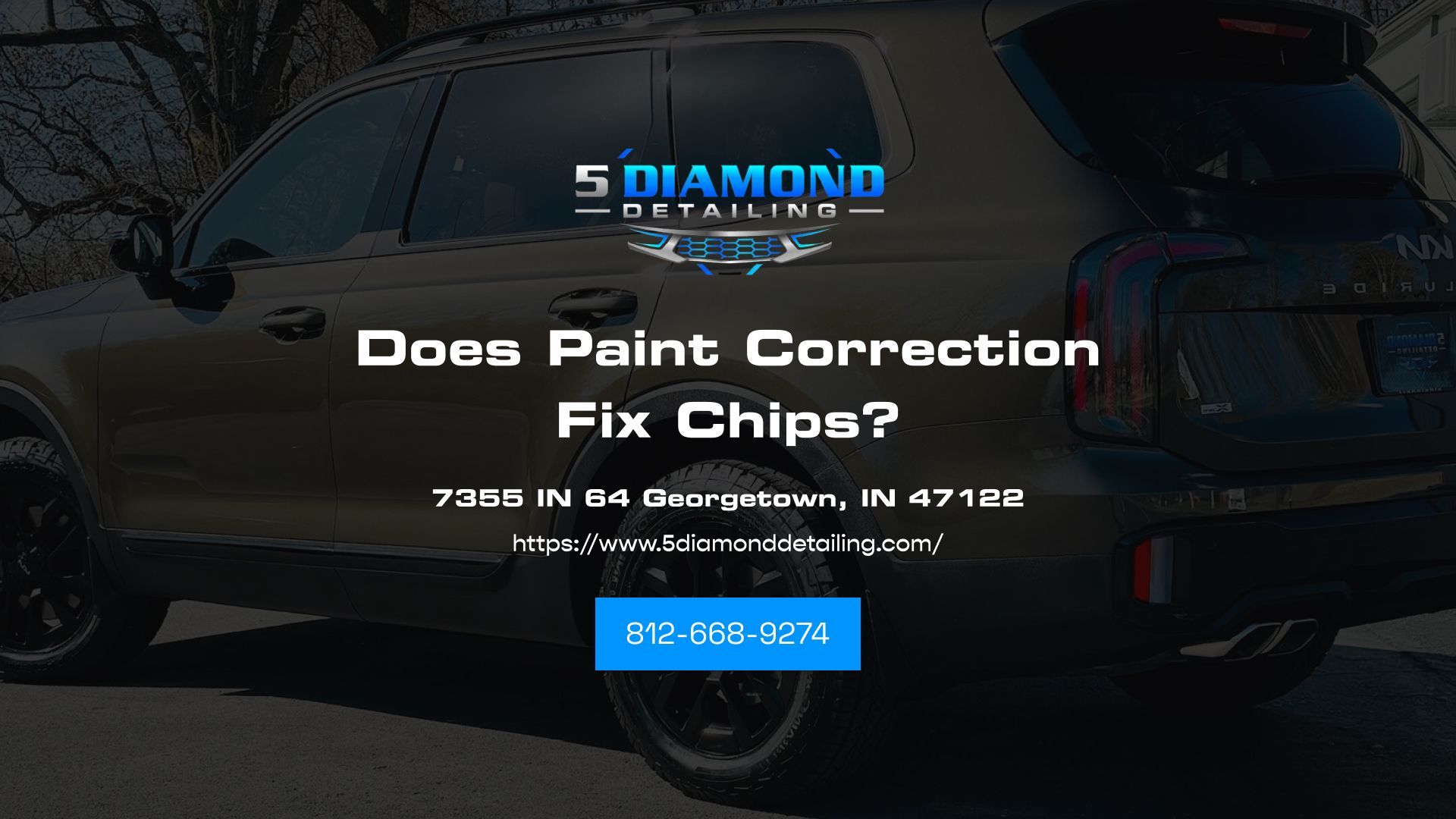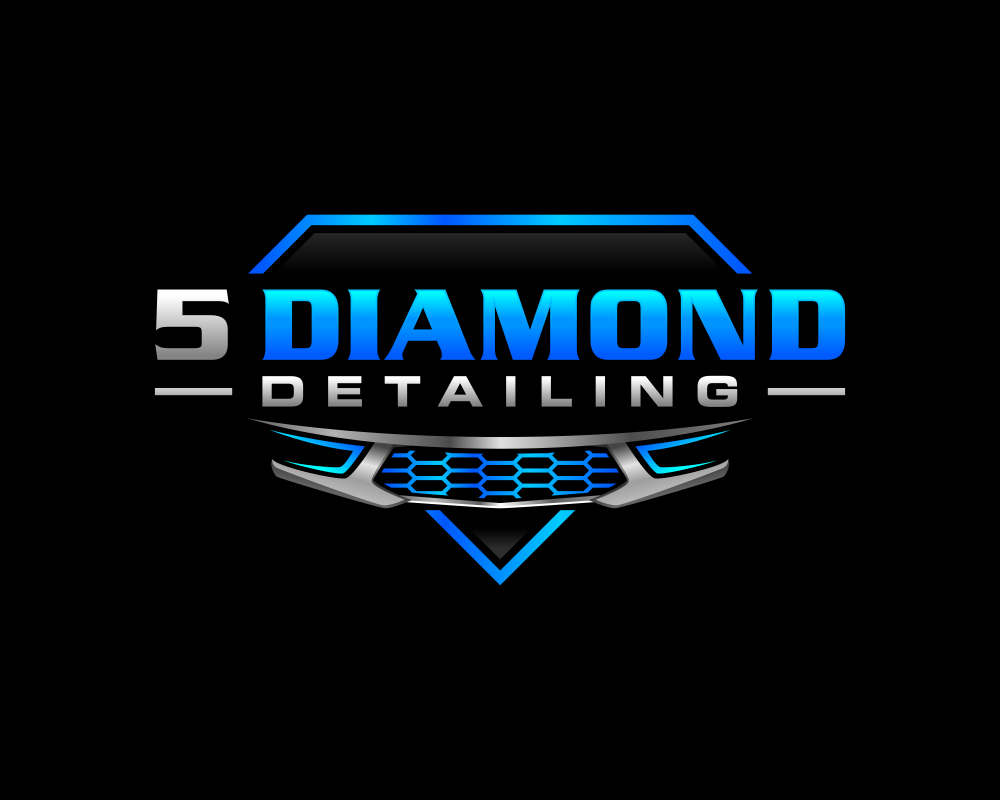How To Buff Out Scratches On Car: Step-by-Step Guide
Wondering
how to buff out scratches on car paint? With the right tools and techniques, buffing scratches out of a car is simple to do at home. This DIY-friendly process includes buffing out scratches on a car using proven techniques from professional detailers. You will also learn how to polish out car scratches properly to bring back gloss, prevent scratches from getting worse, and maintain your paint in great condition in the long run.

Key Takeaways
- Shallow scratches in the clear coat can be removed using polishing compounds, buffing pads, and dual-action polishers for restored gloss and protection.
- The fingernail test determines buffing eligibility - if your nail catches, the scratch is too deep for DIY correction and may need professional repair.
- Buffing compounds and pad selection matter - use light polish and foam pads for fine marks, or wool pads for aggressive swirl removal.
- Proper prep, polishing, and inspection steps ensure a smooth finish; always wash, clay, buff in overlapping passes, and seal the surface afterward.
- Paint protection like ceramic coating or PPF prevents future damage, enhances durability, and maintains your vehicle’s resale value over time.
What Causes Scratches In Car Paint?
Scratches can come from anywhere - explore the most common causes below:
Common Everyday Causes
Daily contact causes micro-abrasions and minor clear coat damage. Keys, backpacks, shopping carts, and rings frequently leave marks.
Improper Washing Techniques
Bad washing habits create swirl marks. These flaws lower reflectivity and need proper swirl mark removal to return to a scratch-free finish.
Environmental Factors
Tree sap, bird droppings, UV rays, and road debris cause long-term paint damage. These threats disrupt car maintenance and weaken paint protection.
How To Tell If A Scratch Can Be Buffed Out
The Fingernail Test Explained
If a fingernail catches on the scratch, it likely penetrates beyond the clear coat and cannot be buffed out.
Visual Signs Of Buffable Scratches
Shallow scratches leave hazy or dull zones. These marks usually respond well to paint refinement and do not affect color. Gloss often returns after polishing.
Types Of Scratches (Clear Coat Vs. Base Coat vs Primer)
Buffing works best on clear coat scratches. Damage to the base or primer layers needs full paint restoration or professional repair services.
What Tools And Products Do You Need?
The right tools make all the difference - see what you need before you start buffing.
Buffing Tools: Hand Vs. Machine
Dual-action polishers provide constant pressure and minimum heat build-up when correcting. Hand tools tend to miss spots, leading to inadequate correction of large surfaces.
Choosing The Right Pad Type
Select buffing pads based on scratch severity. Wool pads are aggressive and ideal for swirl mark removal, while foam pads offer gentle gloss recovery. Each suits a different level of buffing.
Best Compounds For Light Scratches
Use light polishing compounds to eliminate swirl marks and oxidation. These are ideal for compounding minor flaws on the paint surface without removing too much clear coat.
Step-By-Step Guide: How To Buff Out Car Scratches
Knowing how to buff out scratches on car surfaces is key to protecting your vehicle’s finish and value. Follow expert detailing steps to restore shine and eliminate damage the right way.
Step 1: Wash And Dry Thoroughly
Remove all surface contaminants using safe wash methods. Prep the area with claying if needed to improve paint refinement results.
Step 2: Apply Polishing Compound
Spread a thin, uniform layer of polishing compound with a foam or microfiber pad. Proper application improves shine and supports long-term gloss through polish enhancement.
Step 3: Work The Surface With The Buffer
Use overlapping passes with light-to-moderate pressure to refine the surface evenly. Buffing evens out flaws and promotes a high-shine finish by smoothing the paint surface.
Step 4: Inspect And Finish
Use inspection tools like lights or gauges to confirm full correction. Finish with sealant or wax to preserve the corrected surface.
What If Buffing Does Not Work?
Deep defects often require wet sanding, spot repainting, or professional-grade touch-up to fully restore paint integrity. Buffing only works on light defects in the clear coat. When damage reaches the base or primer layers, you’ll need more advanced cosmetic repair techniques, such as wet sanding, color matching, or even professional repainting, to fully correct the problem.
How To Prevent Future Scratches
To prevent new scratches, invest in paint protection and consistent car maintenance. These tips also help preserve the shine of previous vehicle detailing.
- Proper Washing And Drying Tools: Use grit guards, wash mitts, and microfiber towels to avoid adding new scratches. Pre-wash steps and claying reduce the chance of embedded dirt.
- Protective Coatings And Films: Apply ceramic coatings, wax, or PPF to add a protective barrier. These coatings reduce damage from UV rays and road debris while enhancing paint protection.
- Safe Driving And Parking Habits: Avoid high-traffic areas and crowded lots to prevent minor collisions or tight spaces that often result in new paint damage, undermining all automotive maintenance efforts.
>> For long-term durability, follow these
essential paint protection tips to avoid reintroducing scratches after correction.
Should You Use A Machine Or Hand Buffing?
Whether by hand or machine, understanding how to buff the car is important for getting professional results. Machine buffing provides a consistent effect, whereas hand buffing is most effective on limited or small areas only. Orbital or dual-action polishers are primarily used by auto detailers for obtaining symmetrical paint correction effects. Spot-up, edges, or curves require hand buffing for more precision. They coexist to obtain effective paint correction and surface restoration.
Is Buffing Safe For All Paint Types?
Buffing is safe for most OEM finishes but may harm thin or repainted surfaces. Factory OEM paint typically has enough clear coat to tolerate machine or hand polishing. If the vehicle has been resprayed, use a paint gauge first. Too much pressure or repeated polishing can cause paint damage, especially on fragile coatings.
Can You Buff Scratches On Ceramic Coating?
Light marks may improve, but buffing often removes the ceramic coating entirely. While some scuffs fade with gentle polishing, full buffing usually strips the layer of paint protection. After scratch removal, reapply ceramic coating or another protective film to restore defense against UV, water, and debris.
>> To keep that protection performing at its best, follow these proven ceramic coating maintenance tips from 5 Diamond Detailing.
How Much Does It Cost To Buff Out Scratches?
DIY buffing runs $50–$100, while professional paint correction ranges from $150 to $500. Prices vary based on scratch depth, vehicle type, and detail shop location. High-quality correction improves resale appeal and offers long-term ROI by reducing future automotive maintenance and preserving the vehicle’s finish.
When Should You Let A Pro Handle It?
High-end vehicles deserve deep scratches, edge damage, or repairs by professionals. Body line or curve scratches will cause uneven correction. Professional detailers like 5 Diamond Detailing use specialized equipment and skilled paint correction techniques in high-quality, safe correction of upscale finishes. Book a professional inspection today to protect your vehicle's finish and value.
FAQs




